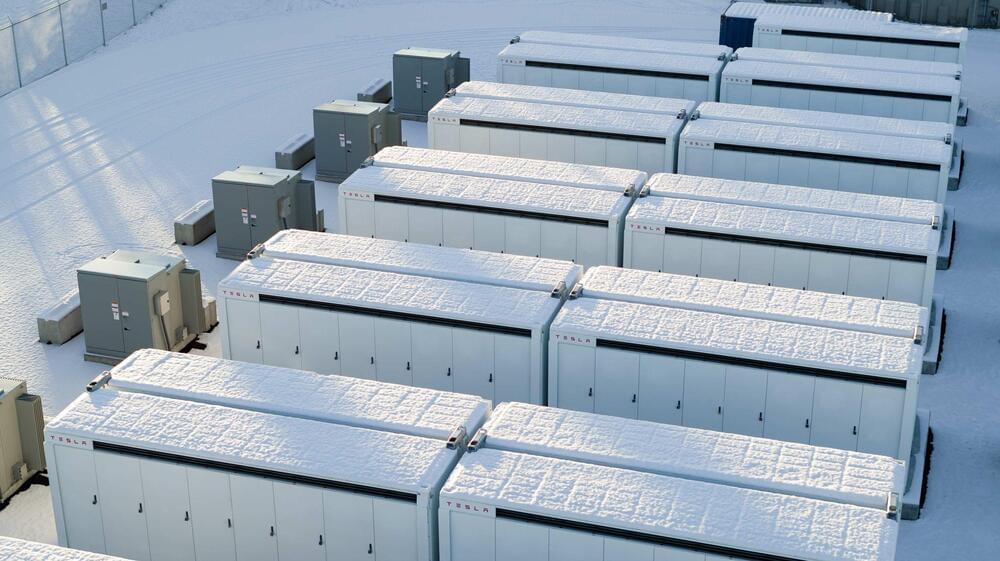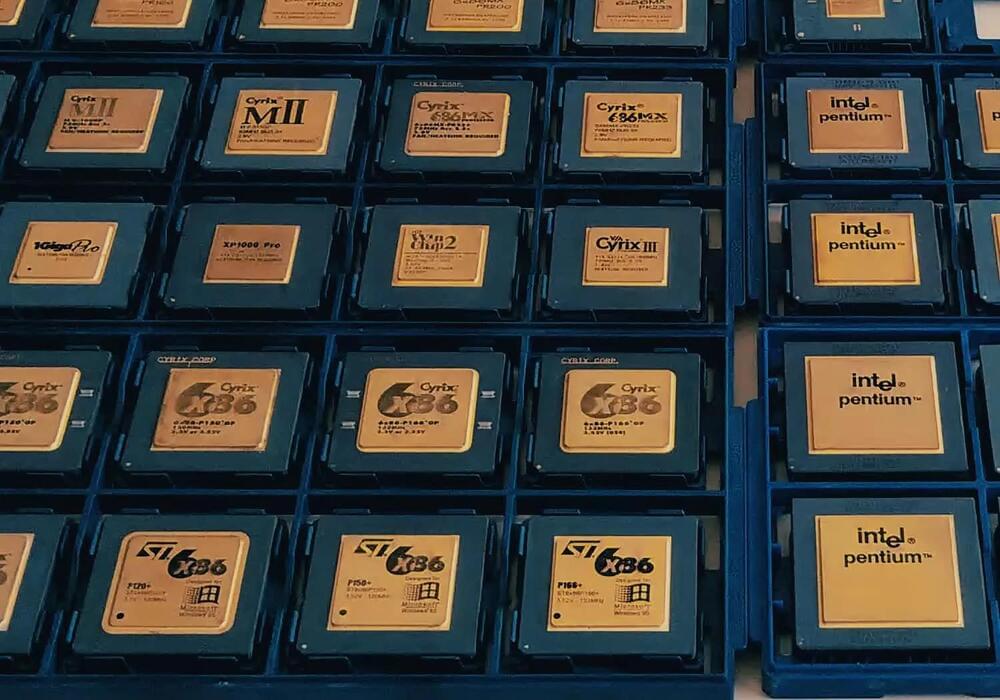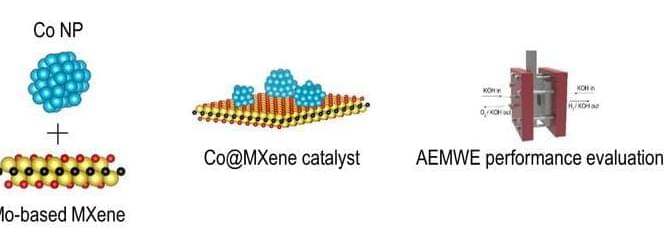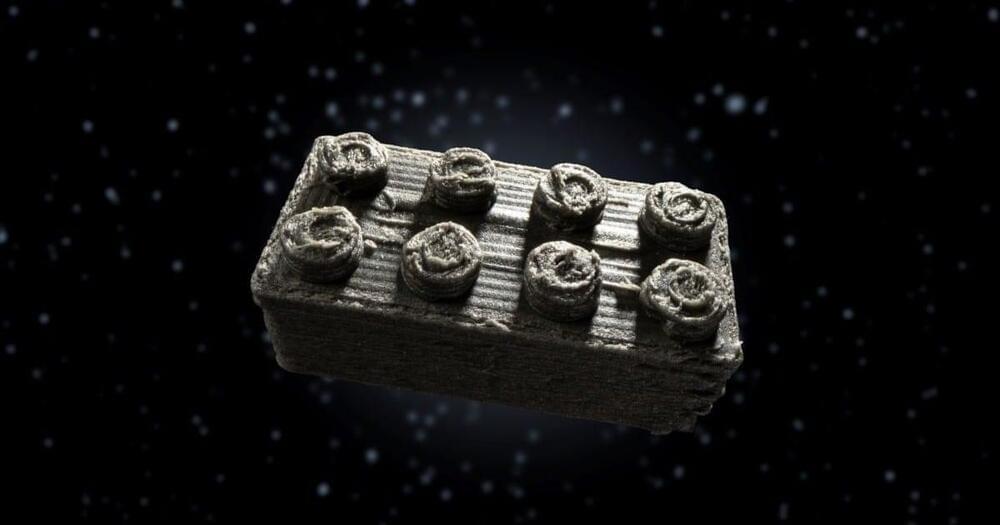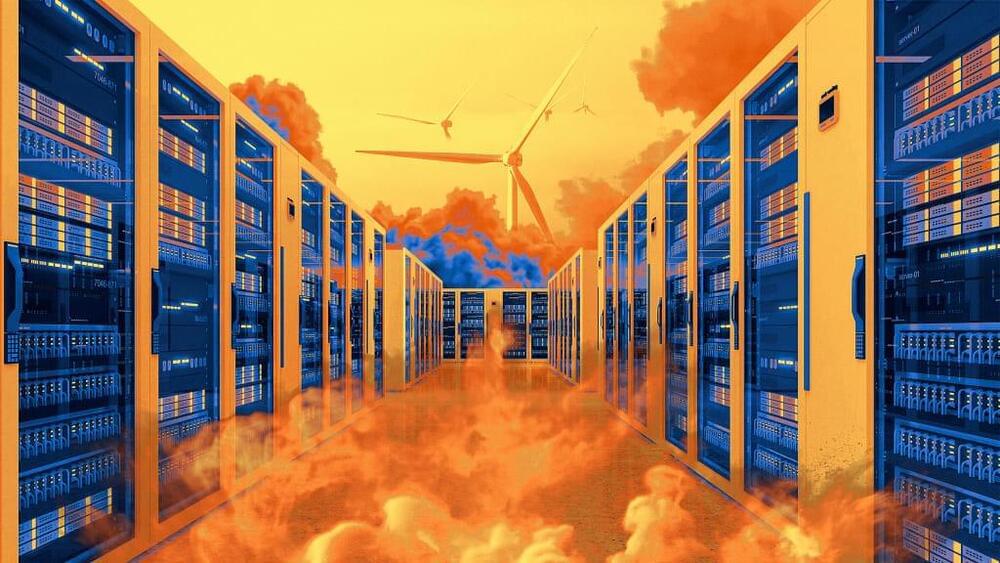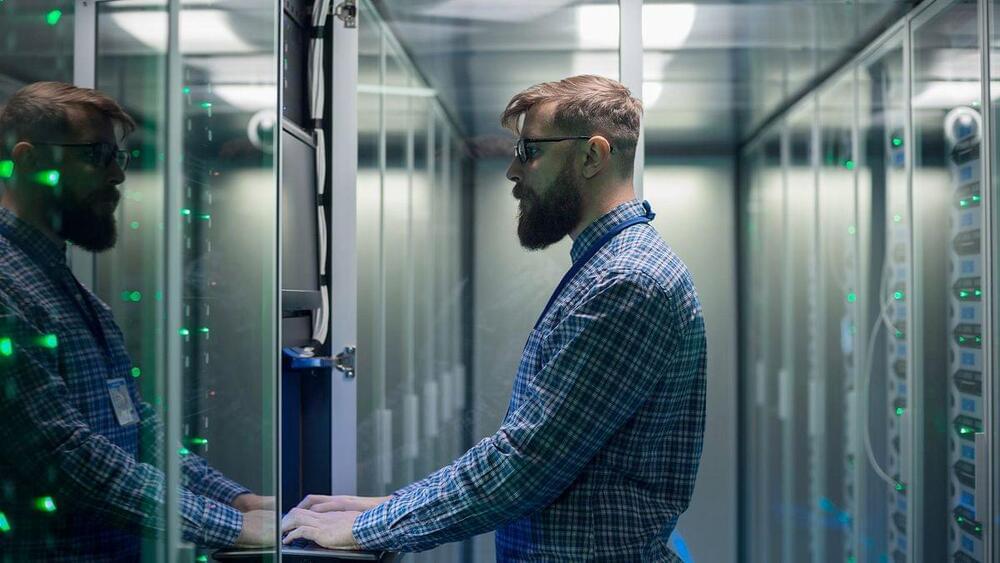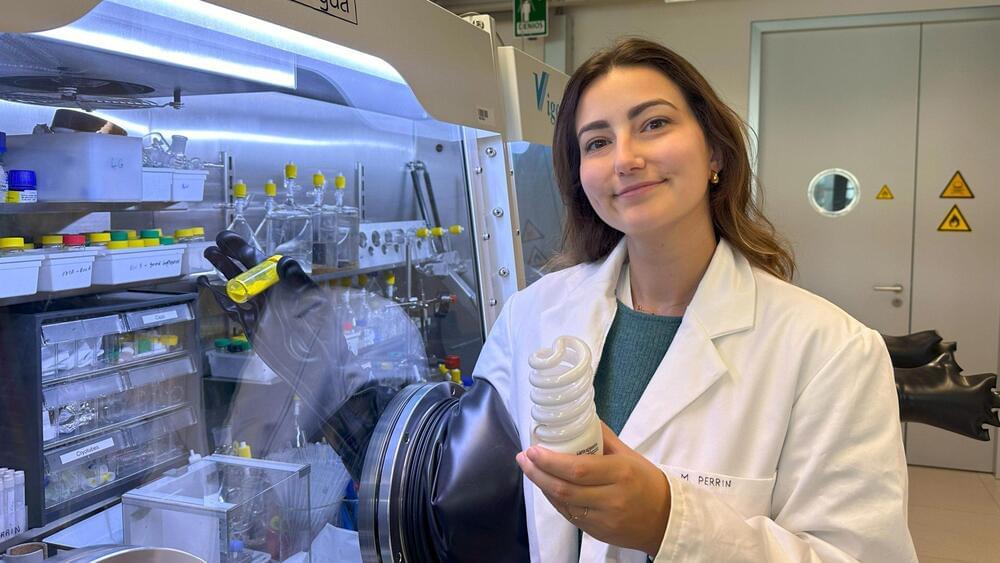Jul 15, 2024
Tesla’s Megapack Technology Selected for Australia’s Largest Four-Hour Battery Storage System
Posted by Genevieve Klien in categories: energy, finance, sustainability
Tesla Energy secured a $375 million Megapack contract in Australia. The new Tesla Megapack contract will help build a 415 MW/1660 MWh battery Down Under, one of the largest four-hour batteries in the world.
Tesla Energy will supply Megapacks to Akaysha Energy’s Orana Battery Energy Storage System (BESS). The Orana project is located in New South Wales within Central West Orana’s Renewable Energy Zone (REZ).
We are very pleased to announce the successful closing of the debt financing of the Orana project as we move into construction on Akaysha’s first four-hour BESS to date. As the largest standalone BESS financing globally, this achievement not only secures the capital for Orana’s construction but also highlights the strong support we have received from both local and international banks, as well as from BlackRock. Their commitment to advancing the energy transition in Australia and internationally has been pivotal to reaching this milestone.
